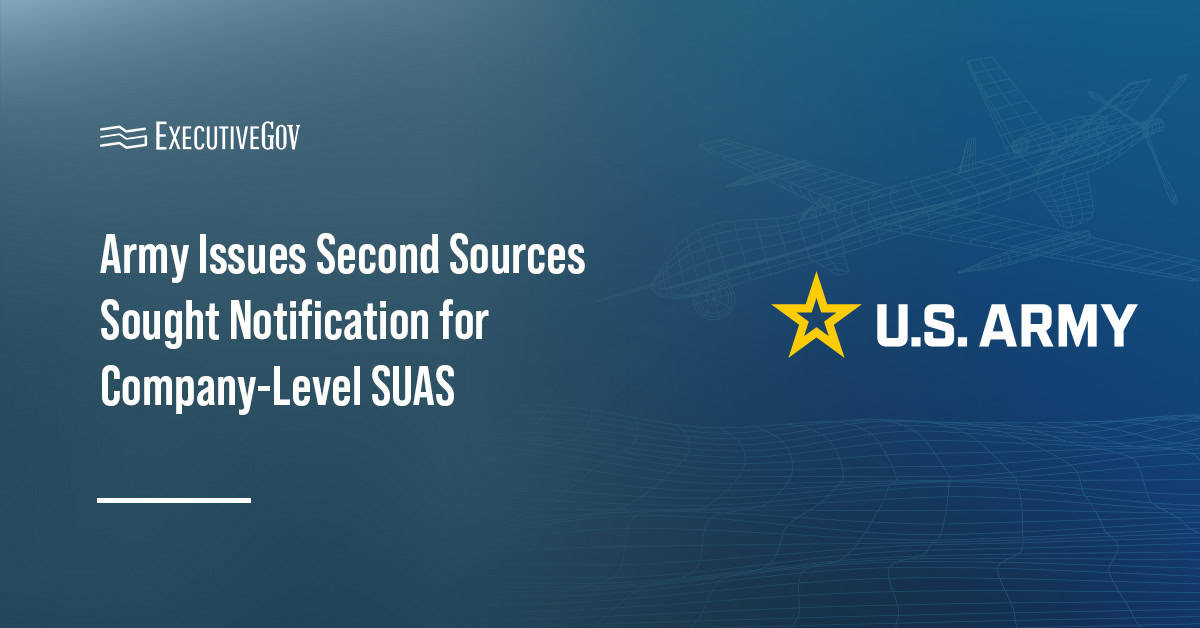 Defense Secretary Ashton Carter could reconsider his plan to reduce the production of the littoral combat ships from 52 to 40 as Pentagon and U.S. Navy officials discuss the program’s pros and cons, Breaking Defense reported Friday.
Defense Secretary Ashton Carter could reconsider his plan to reduce the production of the littoral combat ships from 52 to 40 as Pentagon and U.S. Navy officials discuss the program’s pros and cons, Breaking Defense reported Friday.Sydney Freedberg Jr. writes that Navy officials Ray Mabus and Adm. John Richardson called the LCS cut “predecisional” as the proposed defense budget for fiscal year 2017 is yet to be finalized.
The report said a source believes the December memo from Carter’s office that tasked the Navy to cut LCS procurement also appears to have bypassed the usual vetting process in the Defense Department.
The memo also indicated that Carter aims to redirect funds toward the procurement of missiles, submarines and other combat capabilities in support of DoD’s Third Offset Strategy, Freedberg reports.





